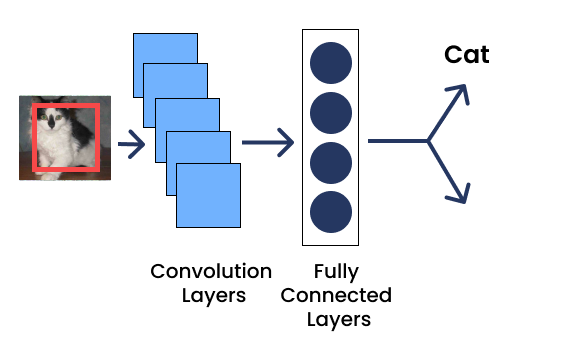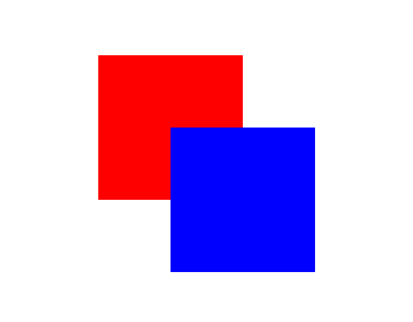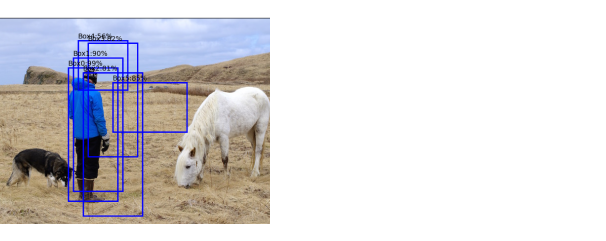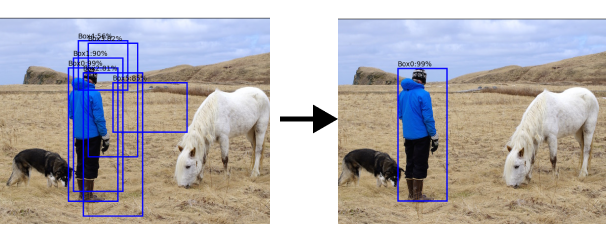Evaluating object recognition models
Deep Learning for Images with PyTorch

Michal Oleszak
Machine Learning Engineer
Classification and localization

- Output 1: Classification (e.g., cat)
Classification and localization

- Output 1: Classification (e.g., cat)
- Output 2: Bounding box regression [x1, y1, x2, y2]
Intersection over union (IoU)
- Object of interest: object in image we want to detect (e.g., dog)
- Ground truth box: the accurate bounding box around the object of interest
- Intersection over Union: a metric to measure the overlap between two boxes

- IoU = Area of Intersection / Area of Union
- IoU = 0 no overlap, IoU = 1 perfect overlap
- IoU >0.5 is a good prediction
IoU in PyTorch
bbox1 = [50, 50, 150, 150] bbox2 = [100, 100, 200, 200]bbox1 = torch.tensor(bbox1).unsqueeze(0) bbox2 = torch.tensor(bbox2).unsqueeze(0)
from torchvision.ops import box_iou
iou = box_iou(bbox1, bbox2)
print(iou)
tensor([[0.1429]])
- Two sets of boxes (x1, y1, x2, y2)

- Convert vectors to 2-D tensors
- Calculate IoU
Predicting bounding boxes
model.eval() with torch.no_grad():output = model(input_image)print(output)
[{'boxes': tensor([[ 42.8553, 271.9481, 180.6003, 346.7082],
[191.6016, 80.4759, 247.8009, 387.5475], ....),
'scores': tensor([1.0000, 1.0000, 0.9998, ... ]),
'labels': tensor([18, 1, 20, 18, 18, 18 ...])
}]
boxes = output[0]["boxes"]scores = output[0]["scores"]
Non-max suppression (NMS)

Non-max suppression (NMS)

Non-max suppression: a common technique to select the most relevant bounding boxes
Non-max: discarding boxes with low confidence score to contain an object
Suppression: discarding boxes with low IoU
Non-max suppression in PyTorch
from torchvision.ops import nmsbox_indices = nms( boxes=boxes, scores=scores, iou_threshold=0.5, ) print(box_indices)
tensor([ 0, 1, 2, 8])
filtered_boxes = boxes[box_indices]
Boxes: tensors with the bounding box coordinates of the shape [N, 4]
Scores: tensor with the confidence score for each box of the shape [N]
iou_threshold: the threshold between 0.0 and 1.0
Output: indices of filtered bounding boxes
Let's practice!
Deep Learning for Images with PyTorch

